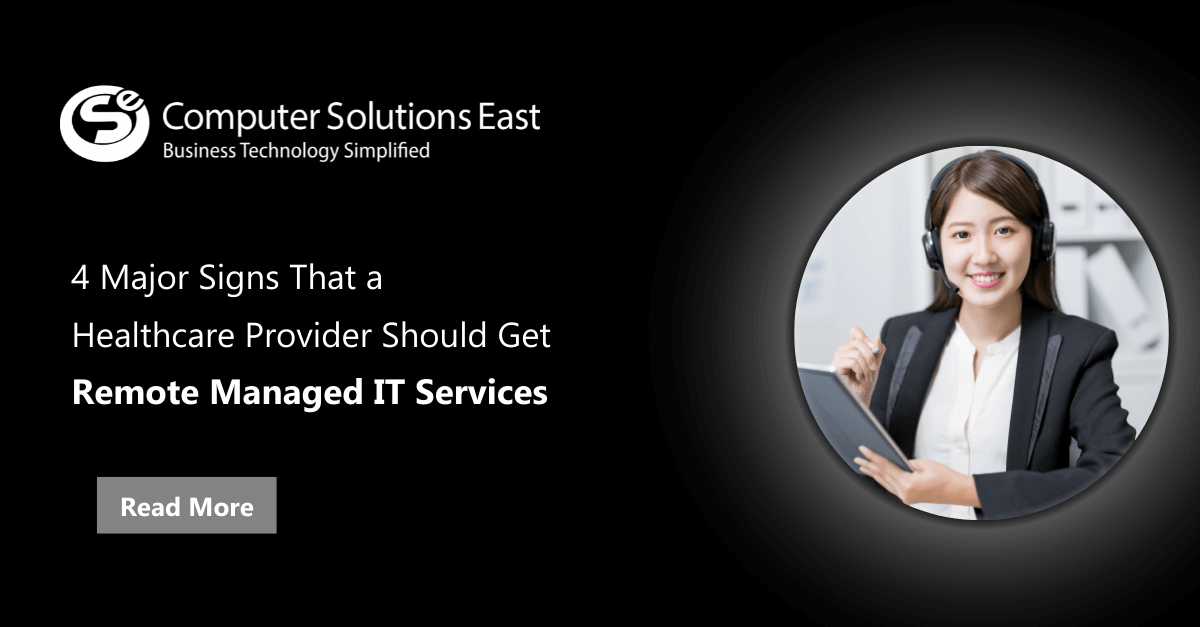Setting up for cloud in 2021 with Automation, Custom Cloud and Edge
The last year witnessed a phenomenal growth in cloud computing, with significant businesses going for a structural overhaul. The area that gained the most ground was hybrid multi-cloud. It has emerged as the preferred approach of companies looking for a scalable and productive way to transfer their workloads to the cloud while lowering costs.
It has also proved to improving efficiency, reducing costs, and evading vendor lock-in. These advantages were so large and transparent that hybrid cloud is now projected to be a more than $1.2 trillion market for enterprise. Currently, around 80% of companies operate on a multi-cloud strategy that raises the demand for industry-specific clouds.

Such a momentum accelerates further in 2021 as businesses in all sectors use hybrid multi-cloud strategies to rapidly roll out applications that accelerate their businesses’ digital transformation while delivering exceptional experiences to customers.
Edge Computing
Edge computing will be commonly used as the application of technology is rising dramatically. If the cloud is theoretically small, it could be because massive with centralized cloud providers are. This is nice if you have easy access to a cloud provider’s data center or external presence points, but it can cause problems if you are working remotely.
Also, you rely on your network bandwidth and the cloud provider’s available resources to get the job done fast if you are processing enormous amounts of data.
This can be demonstrated by an excellent example of IoT that involves thousands of devices like smartphones, intelligent homes, automated sensors, medical equipment, vehicles, household equipment, even coffee machines. They churn out billions of values daily, contributing to the supply of vast amounts of data to the cloud.
That is where edge computing comes to help. You can have the top cloud service provider in 2020 to help you position a data center or service location consisting of powerful servers and rapid storage. Cloud providers in the USA can also balance the apps’ cloud edge loads and other productive work. This contributes to quick processing, low latency, and ultra-fast data transmission necessary to edge past the competition.
Cloud Automation
Many technologists are also aware of the significant advantages that cloud automation can offer. This covers infrastructure automation, creating software along continuous integration and continuous delivery. Businesses turn to automation to solve various, limited-employment, private, public, and hybrid cloud environments.
One way to leverage the cloud is to utilize the available cloud-agnostic automation tools using Azure infrastructure. Such tools offer an opportunity to simplify cloud provision and drive secured computing resources in every cloud platform.
These automation instruments assign the credentials, IP networks, and subnet allotments in a cloud-specific way and even automate integration with expanded cloud services, including cloud databases.
There will be a greater dependency on Machine Learning and Artificial Intelligence from 2021 onwards as they will drive cloud automation at a larger scale.
The new Hybrid Multi-Cloud Era
Companies implement multi-domain hybrid strategies more rapidly than ever, using versatility to shift mission-critical business applications into their preferred environment — public cloud, on-site or private clouds. 2021 will become the year of the hybrid multi-clouds enabling enterprises with seamless industry-specific cloud solutions. The end goal is to help users experience the ‘internet’ through their environments while not treating public cloud and on-site networks as separate components.

Building a Cloud-Agnostic Strategy
There is a push for all the CIOs to turn the organization into a cloud-neutral user. The enterprise needs to hire a top cloud service provider that provides technological resources to benefit from this big trend.
There are even hybrid models that are distinct and highly customizable, depending on business needs. It includes vital infrastructure resources that remain in-house for limited periods due to legacy applications’ problems while gradually deploying the cloud’s help with secured cloud architecture. One standard option is to switch or transfer staff to Office 365 for a cloud e-mail service provider.
A cloud-agnostic strategy can help optimize the ROI, build superior protection, efficiency, and above all, protect an enterprise in the event of a disaster. The COVID-19 pandemic has much emphasized this need. Separating cloud providers will protect the organization if the local site is shut down due to workers working from home.
Summing up, the new cloud environment in 2021 will enable businesses to provide an increasing variety of options that promotes workload management, implementing automation, and data security with additive technologies like edge and more. The new technologies are knocking on the doors. It is up to you how you want to ensure business growth by choosing the right ones. The next year and the whole decade will be about creating value for customers, ensuring durability and quick responsiveness to drive business agility.


